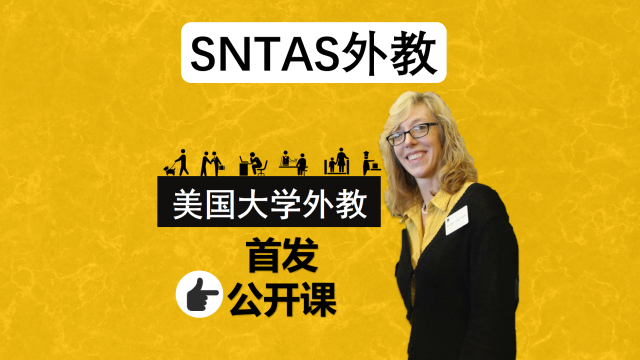TED演講:如何在6個(gè)月內(nèi)學(xué)會(huì)任何一種外語
作者:滬江英語
來源:omniglot blog
2015-03-21 00:27
I came across this TED talk yesterday in which Chris Lonsdale, a psychologist from New Zealand talks about language learning. He believes that anybody can learn a language in six months if they follow the five principles and seven actions that he has formulated after assessing all the research available on language learning.
昨天我看了一個(gè)TED演講,來自新西蘭的語言學(xué)家Chris Lonsdale講了語言學(xué)習(xí)的方法。在評(píng)估了所有語言學(xué)習(xí)的研究之后,他總結(jié)出了5個(gè)原則、7個(gè)行動(dòng)。他相信只要遵從這5個(gè)原則、踐行這7個(gè)行動(dòng),任何人都能在6個(gè)月內(nèi)學(xué)會(huì)一種外語。
The five principles are:
5個(gè)原則:
1. Focus on language content that is relevant to you.
專注和你日常相關(guān)的語言內(nèi)容。
2. Use your language as a tool to communicate from day 1.
從學(xué)習(xí)這門語言的第一天開始,就把它當(dāng)做你的交流方式。
3. When you understand the message you will acquire the language unconsciously.
當(dāng)你明白含義之后,你會(huì)慢慢不知不覺地習(xí)得這門語言。
4. Language is not about accumulating a lot of knowledge but is rather a type of physiological training.
語言學(xué)習(xí)不是大量知識(shí)的積累,而更像是一種生理訓(xùn)練。
5. Psycho-physiological state matters – you need to be happy, relaxed, and most importantly, you need to be tolerant of ambiguity. Don’t try to understand every detail as it will drive you crazy.
心理狀態(tài)和生理狀態(tài)都很重要:你需要愉快、放松,最重要的是對(duì)于模棱兩可要有一定容忍性。對(duì)于細(xì)枝末節(jié)不要過于糾結(jié),因?yàn)槟菚?huì)把你逼瘋的。
The seven actions are:
7個(gè)行動(dòng):
多聽——理解與否不重要,盡管去聽吧!去聽聽語言節(jié)奏和說話模式。
2. Focus on getting the meaning first, before the words. Body language and facial expressions can help.
先專注理解整體意思,再弄清單詞含義。身體語言和面部表情會(huì)有所幫助。
3. Start mixing, get creative, and use what you’re learning.
開始混合,創(chuàng)造話語并使用你所學(xué)到的一切。
4. Focus on the core – use the most commonly-use the words, and use the language to learn more.
把注意力集中在核心部分——使用高頻詞匯,利用你已經(jīng)學(xué)會(huì)的東西學(xué)到更多。
5. Get a language parent – someone who is fluent in the language and who will do their best to understand what you mean; who will not correct your mistakes; who will feedback their understanding of what you’re saying using correct language, and uses words that you know.
找個(gè)語伴——能流利講這門語言的人,或者能盡可能理解你說什么的人。注意,語伴不會(huì)糾正你的錯(cuò)誤,但能夠用正確的語言、你明白的語言來對(duì)你的表現(xiàn)做出反饋。
6. Copy the face – watch native speakers and observe their face, and particular their mouth moves when they’re speaking.
模仿面部表情——有些人的母語正是你要學(xué)習(xí)的新語言,你要觀看他們講話,觀察他們的面部表情、尤其是講話時(shí)的嘴型。
7. “Direct connect” to the target language – find ways to connect words directly with images and other internal representations.
在大腦和目的語之間建立“直接聯(lián)系”——想辦法讓語言和大腦中的圖像或其它內(nèi)部表象產(chǎn)生直接聯(lián)系。











